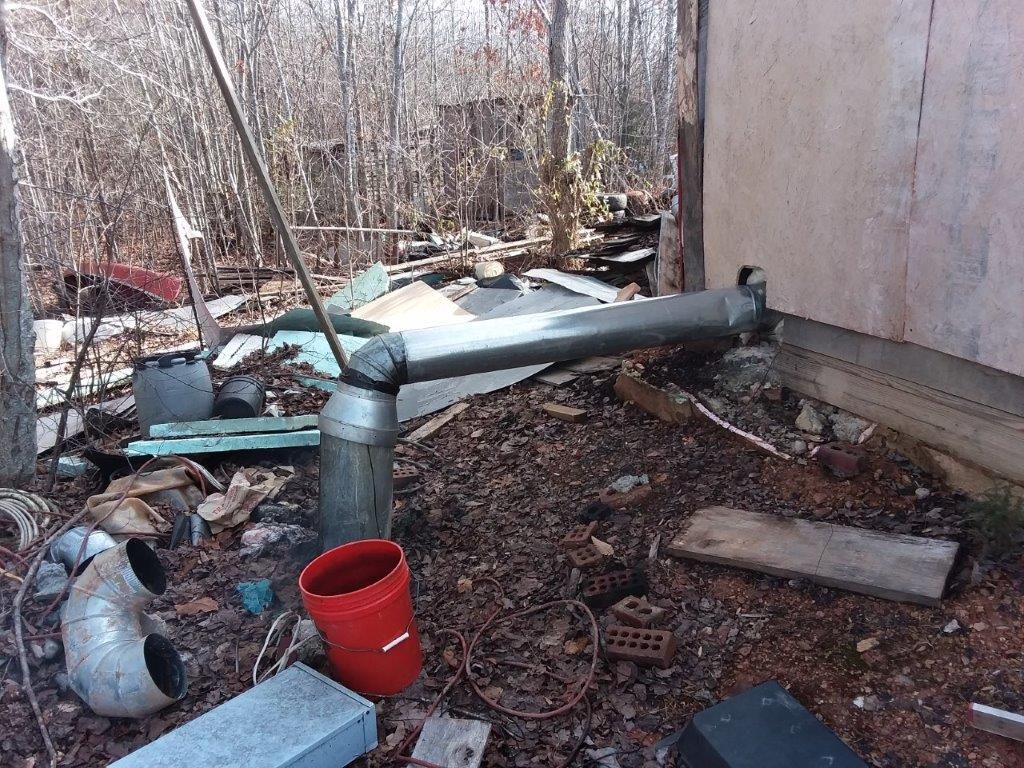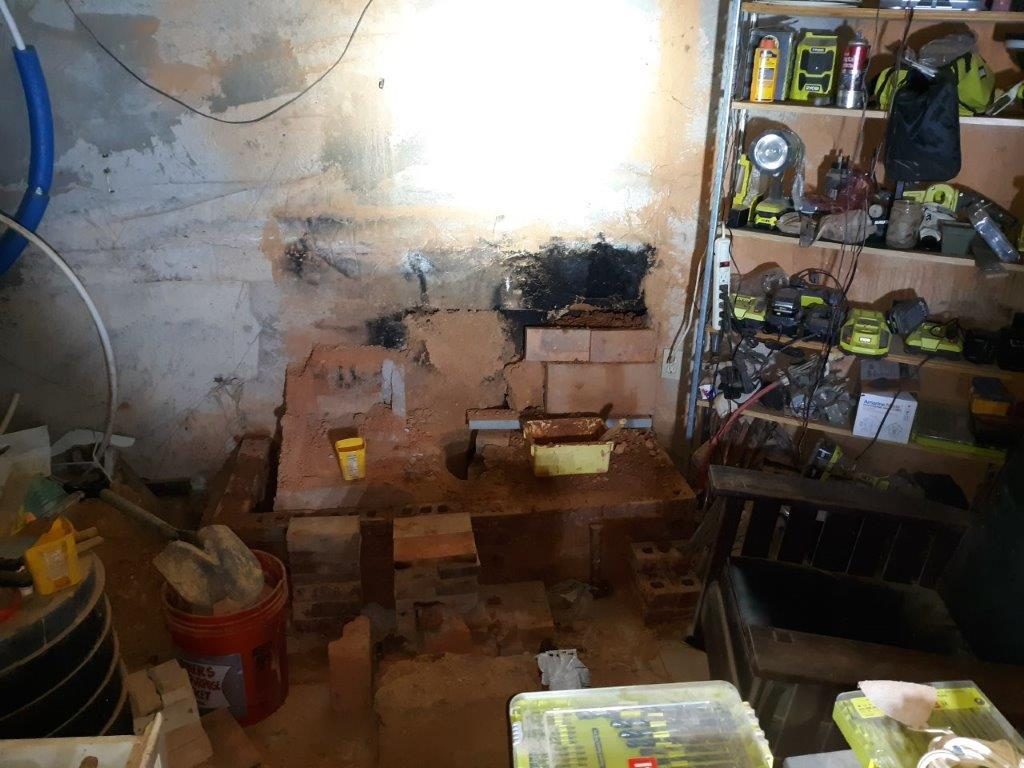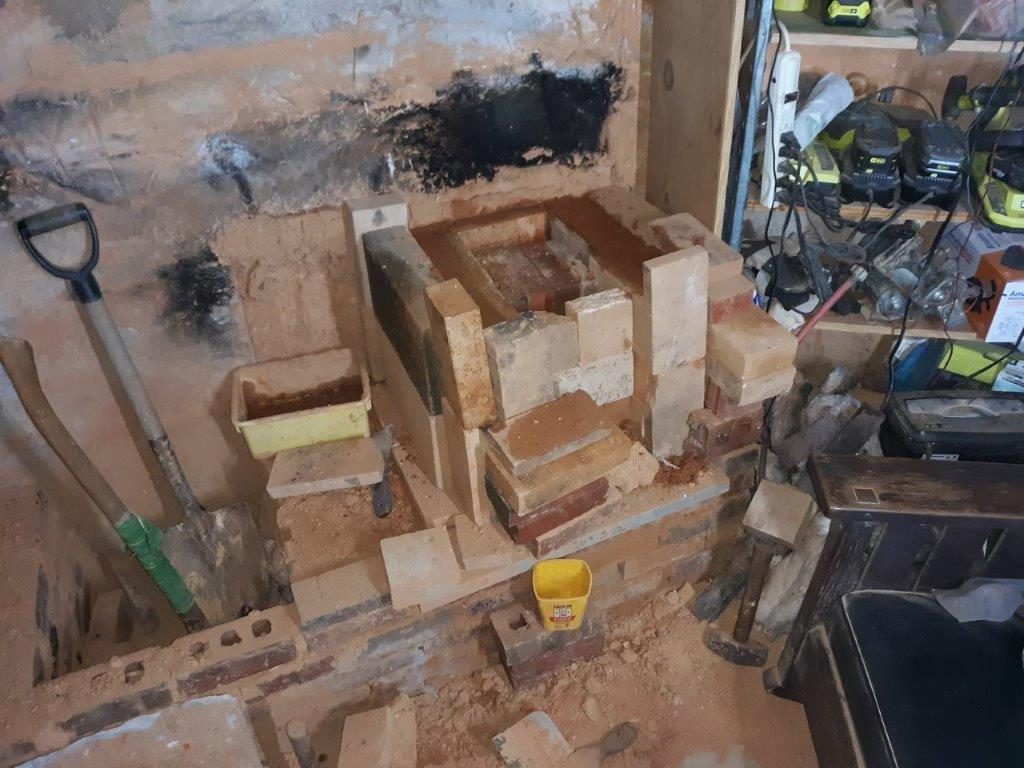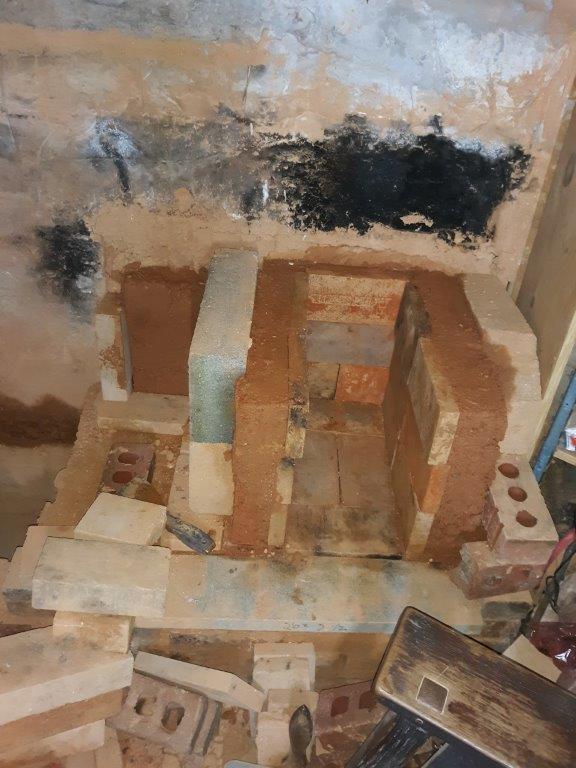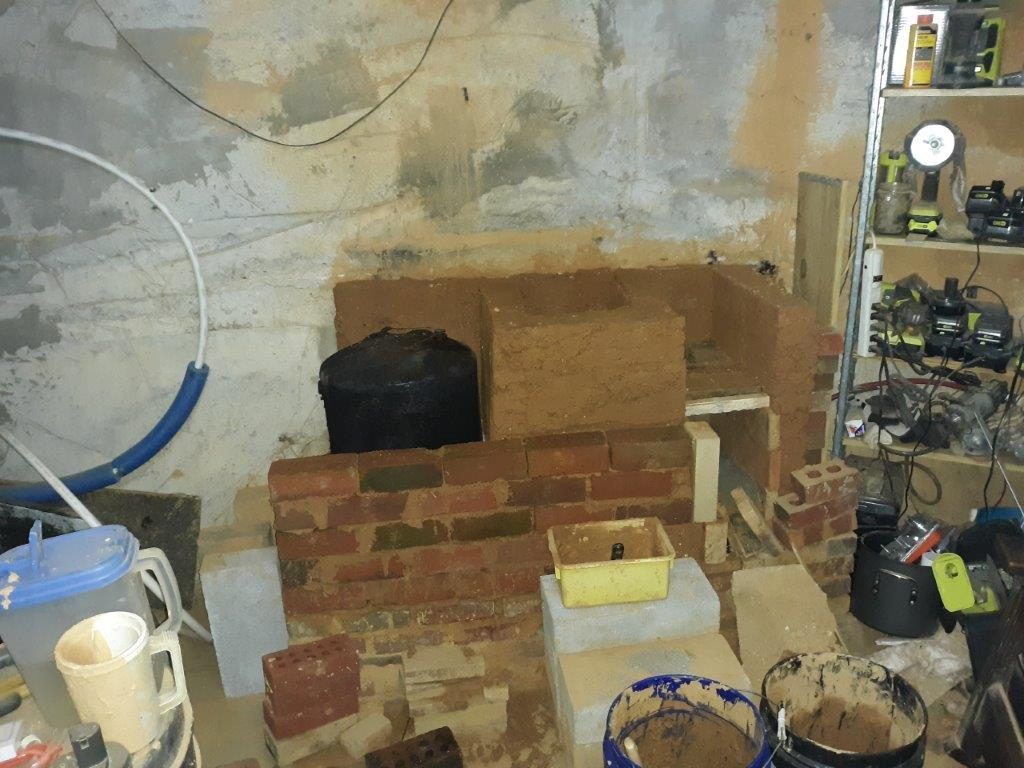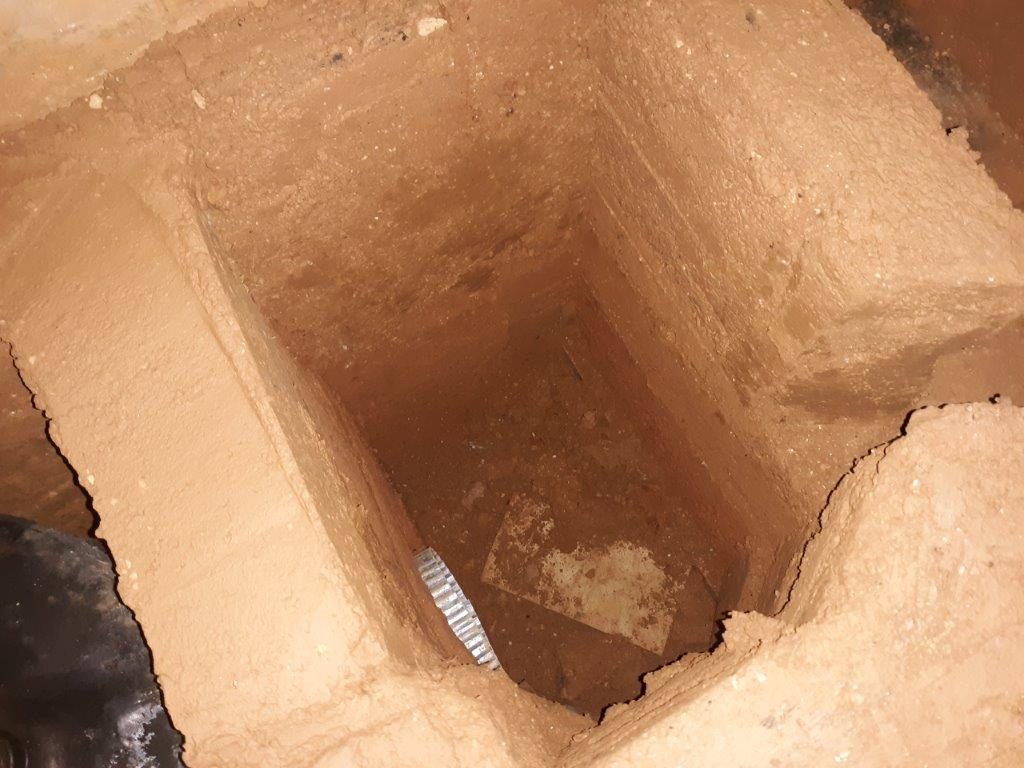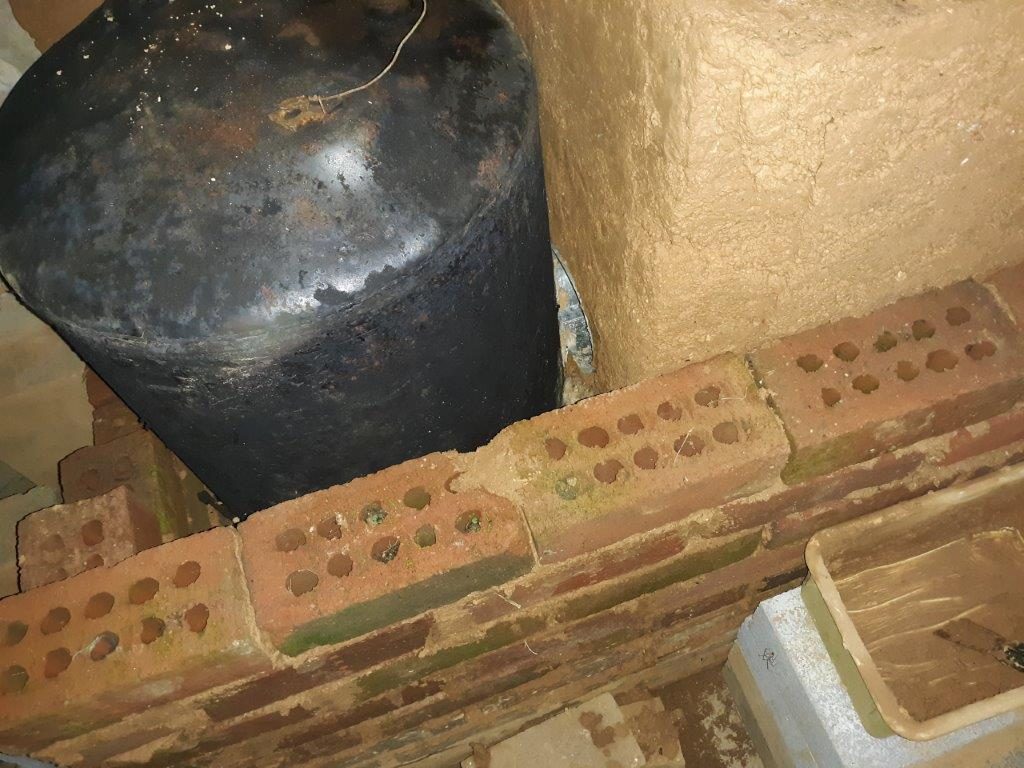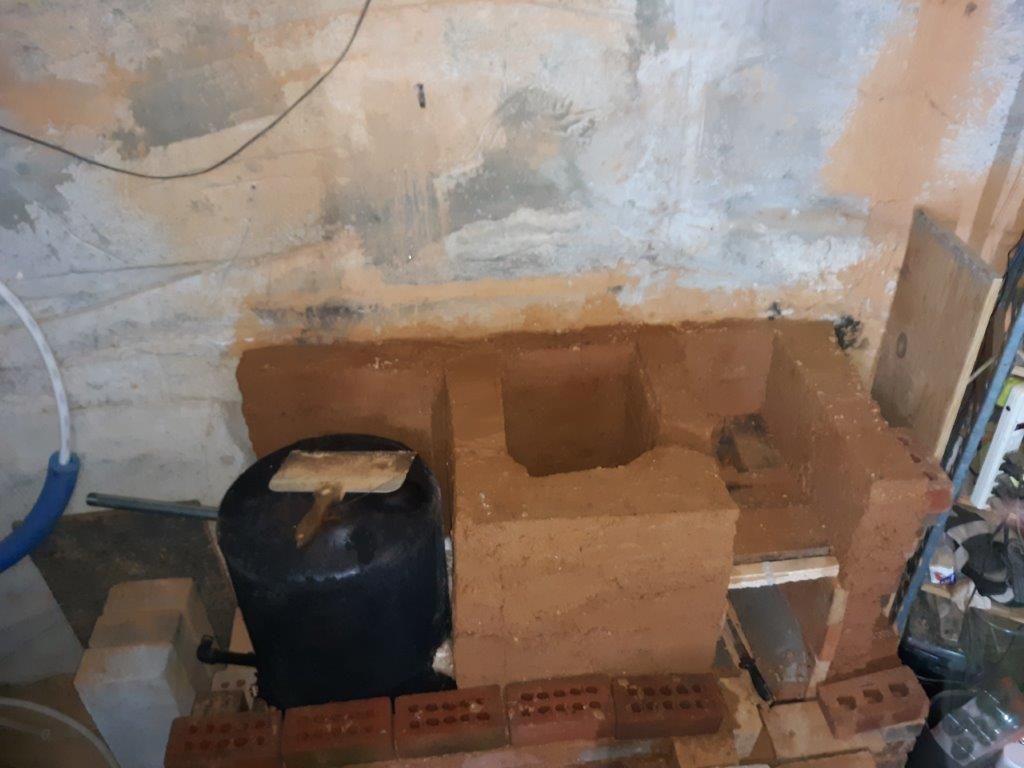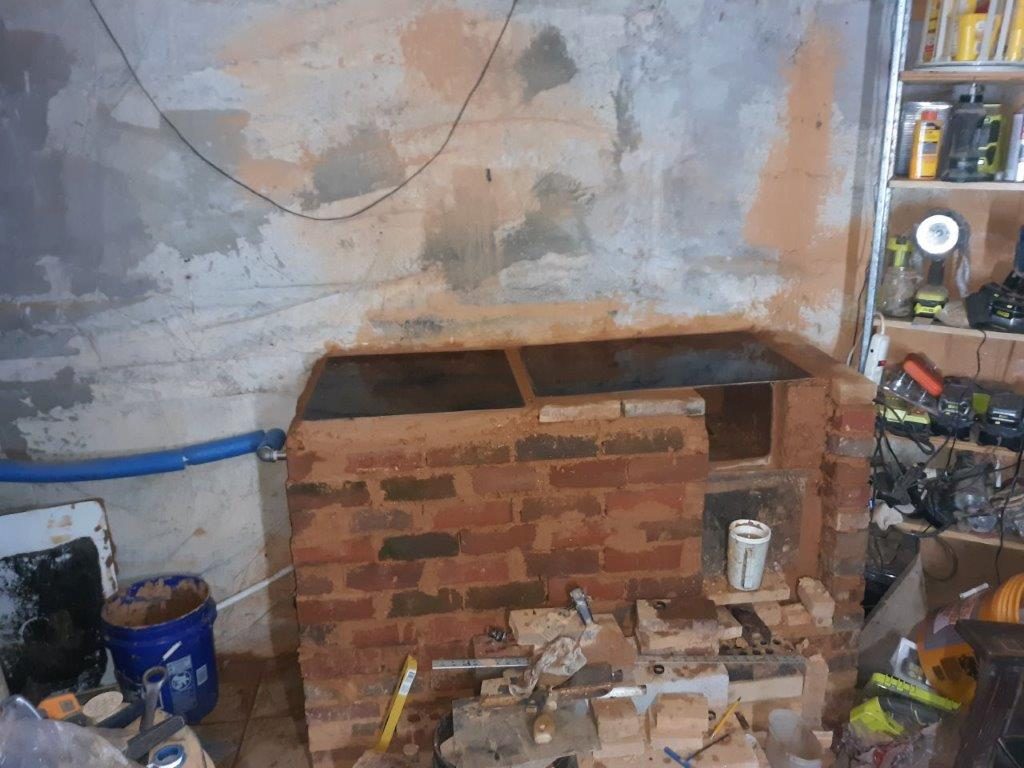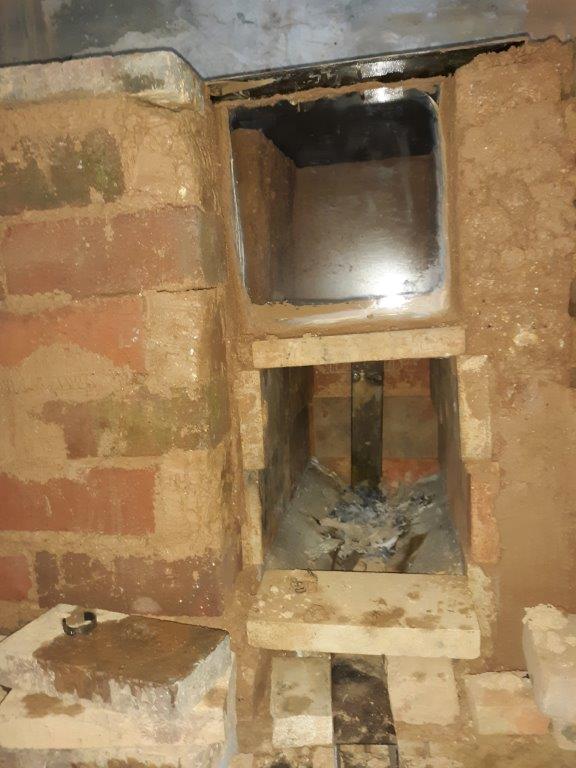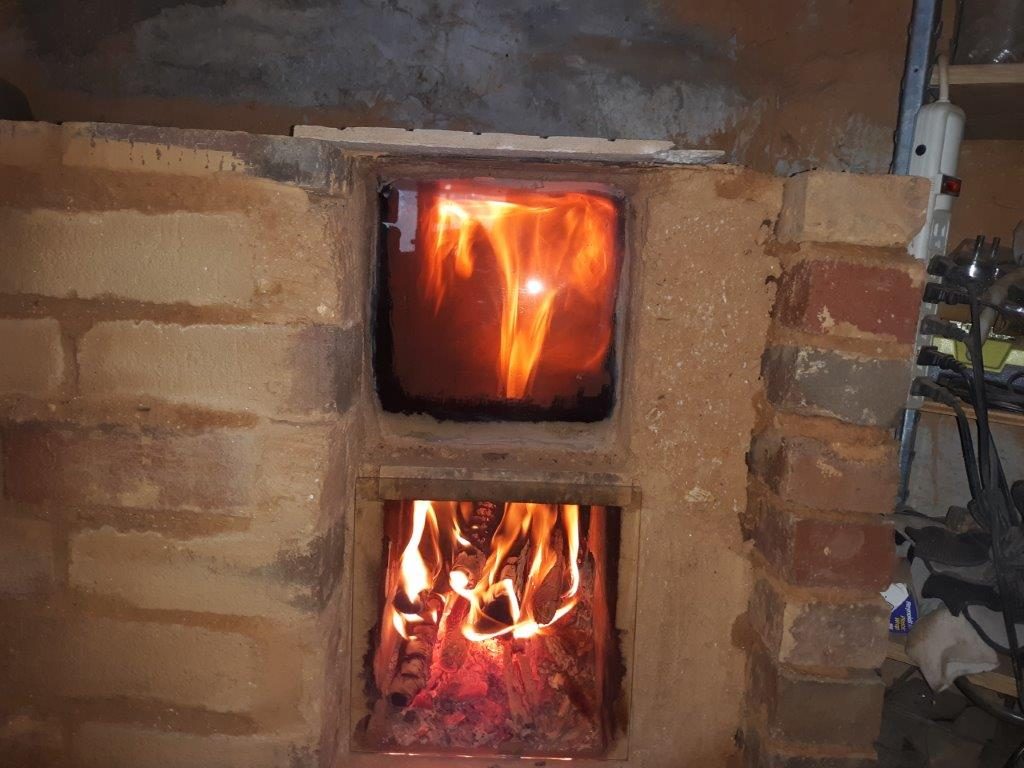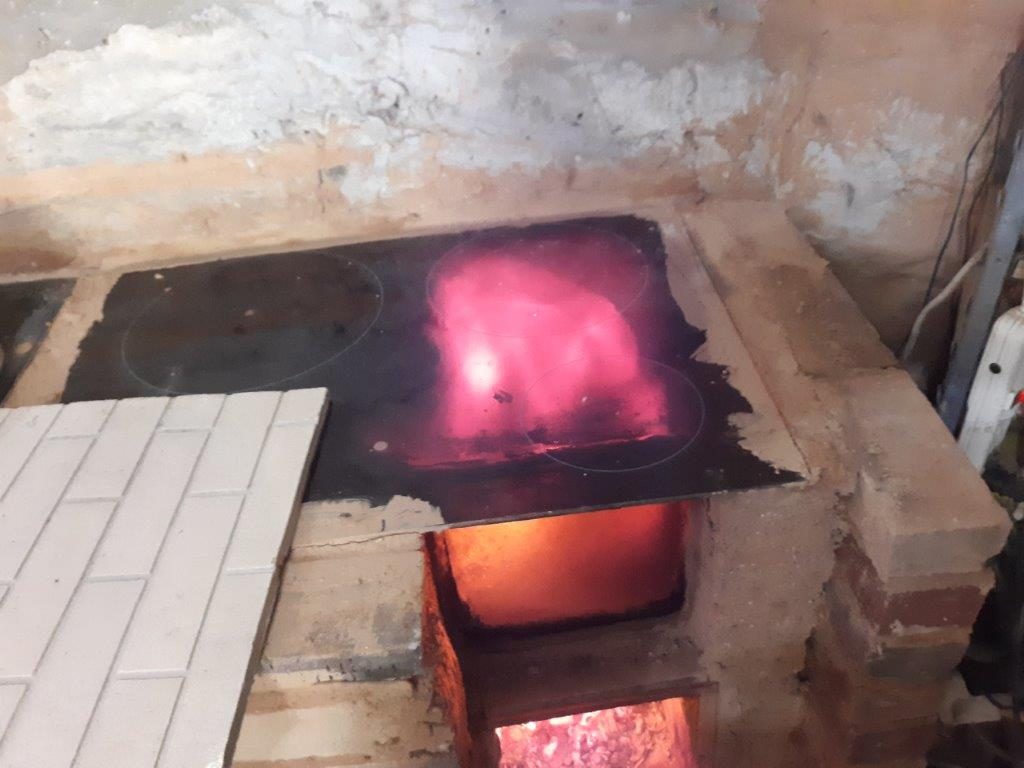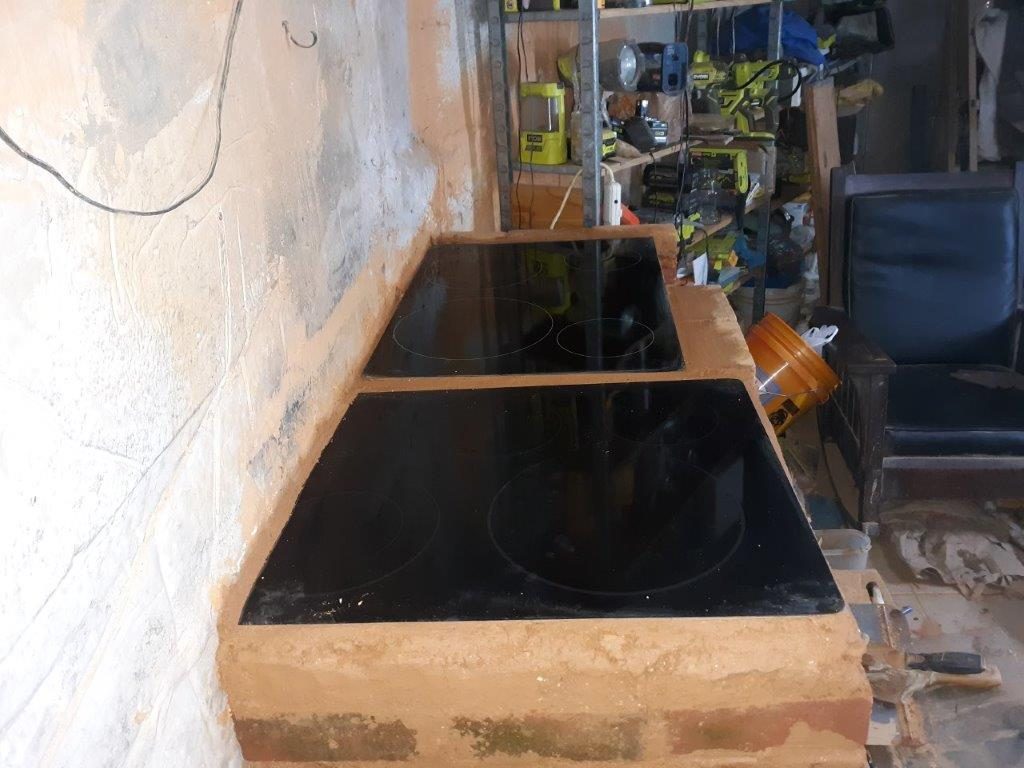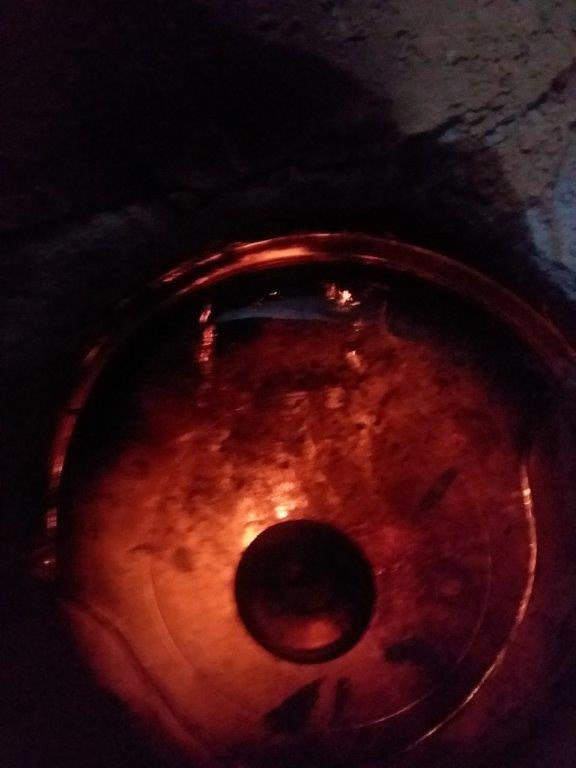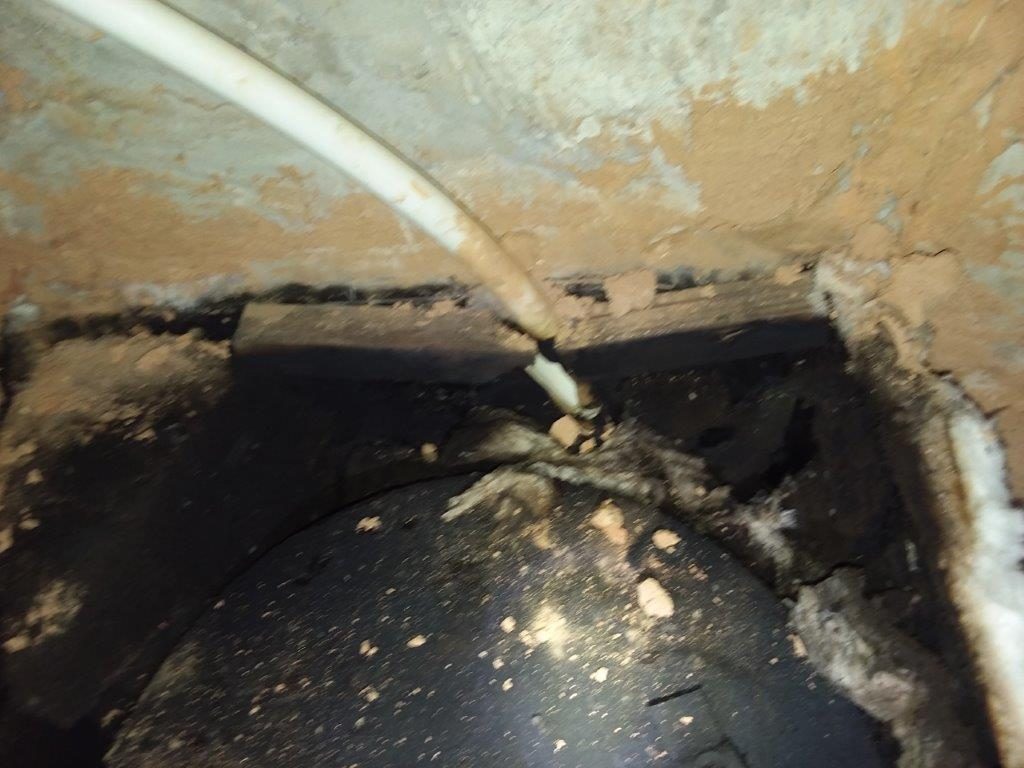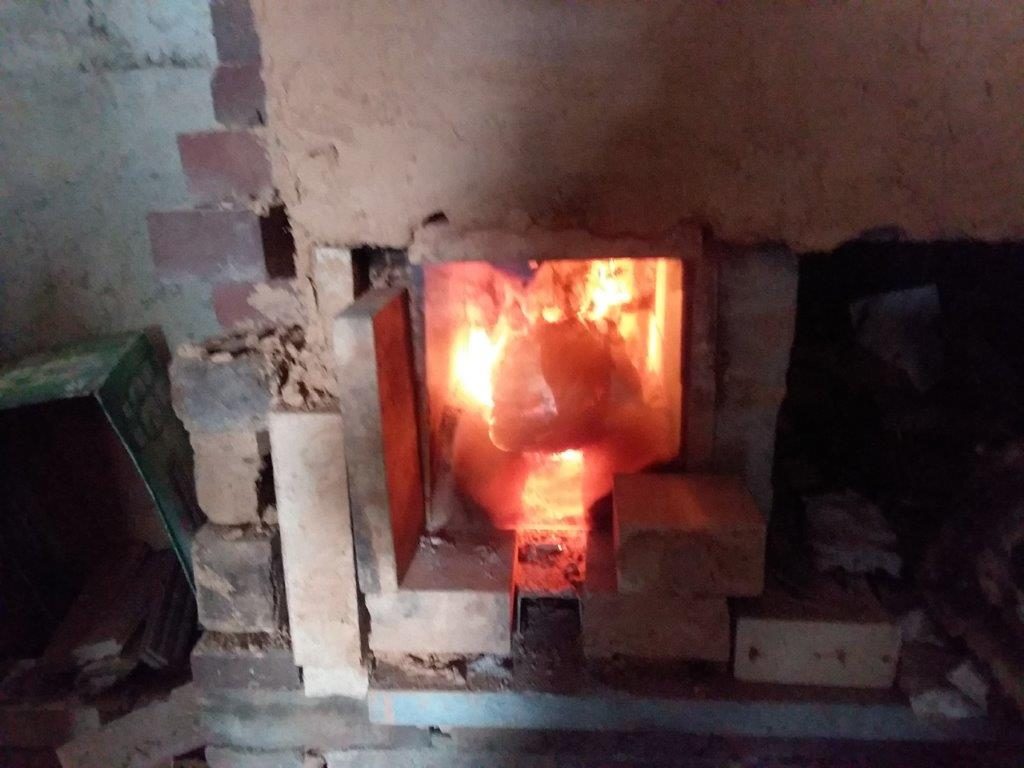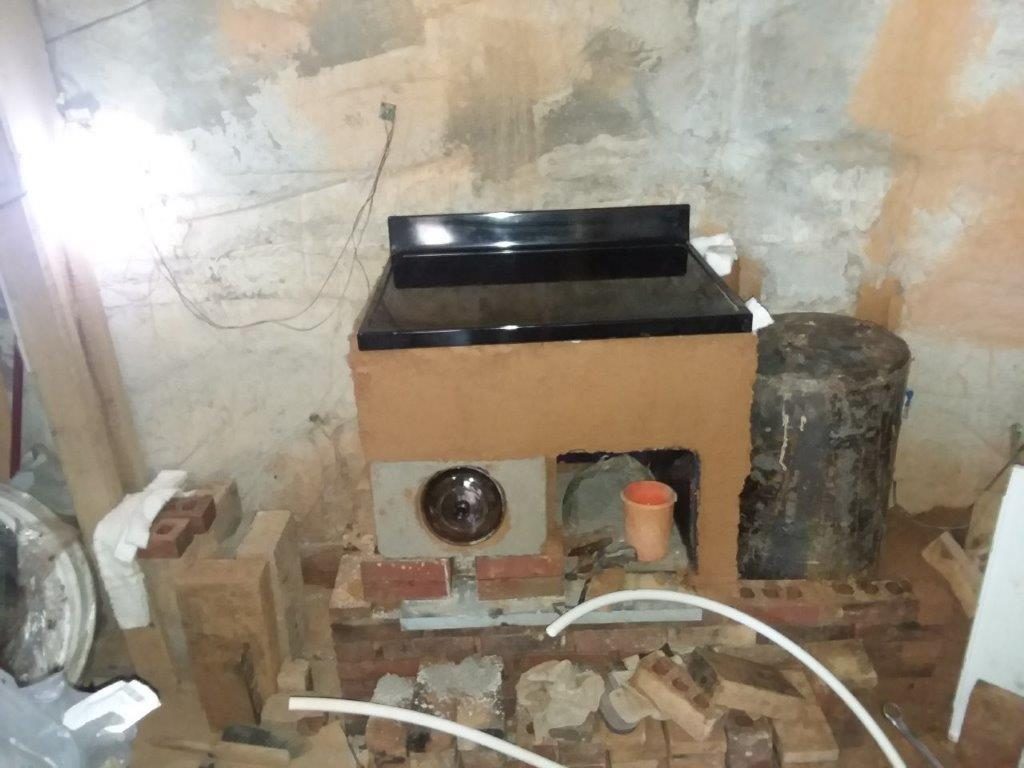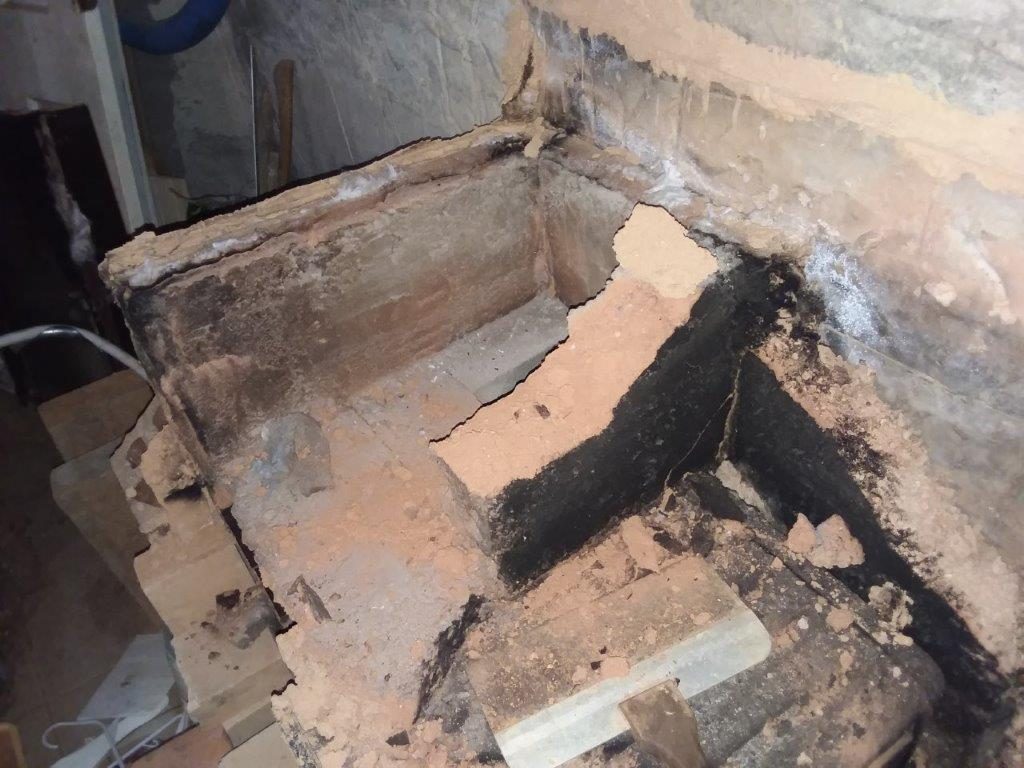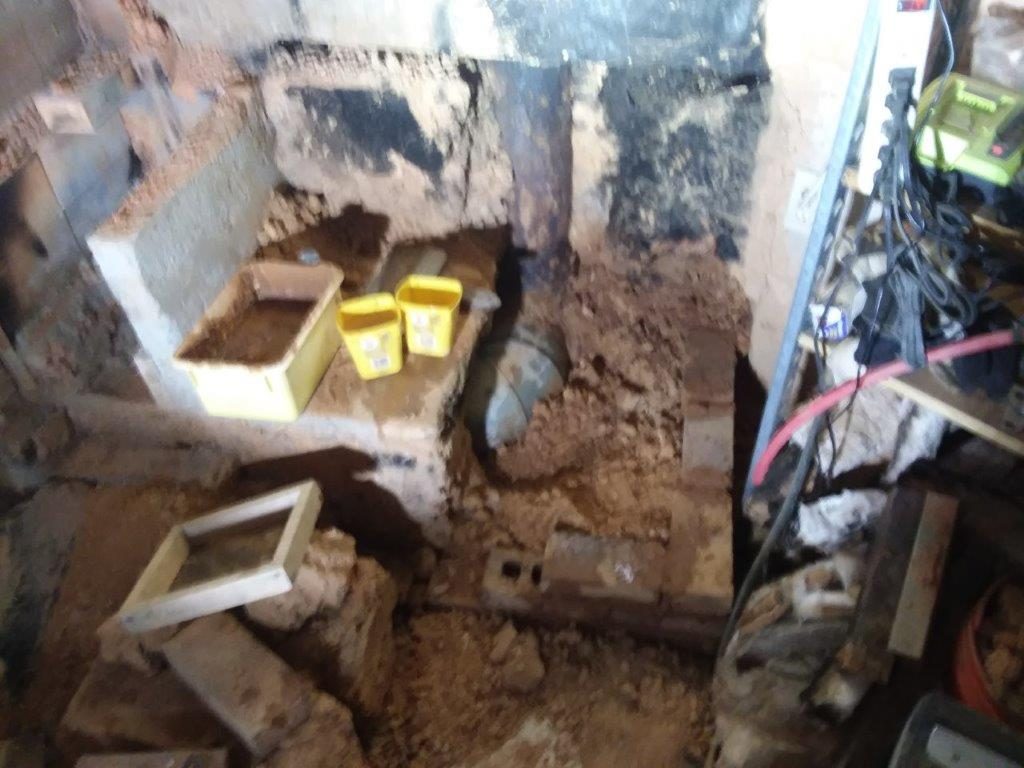Talking with a weekend friend the other day who is starting to contemplate country life full time, she mentioned it had occurred to her in the shower the other day just how nice a hot water shower can be. In fact, she continued, she believed it to be an essential element for survival.
I added to her declaration that the shower needed to be at least under 45 lbs of pressure or I could never be satisfied. But I said this after a summer of almost entirely cold showers with no hot water at all. This was mostly by choice, but the best hot water heater I had during the summer would have also heated the house, which would have just added to the cooling issues of summertime.
When I first came here 18 years ago I had a gas hot water heater in my RV, and that was ok sometimes, but in winter, with freezing pipes; often that hot shower–or any running water at all, was unavailable. Still, even back then I understood how valuable hot water could be, and have spent a fair amount of time over the years making sure I could cover that need.
For several years now I have been heating water with wood. It started with a small Appalachian style coal(wood) burner water heater attached with a thermosiphon to an old water tank. Fire it up and maybe add wood a couple times and then close the pressure relief, turn on the 12 volt pump and shower as long as I wanted.
I also used to play with 2-300 feet of black poly pipe in the sun to avoid lighting fires in summer. Now that I am in this house (I use the term loosely), the ease of that little stove or even the poly pipe in the glass covered box are unavailable. And my aspirations have moved further on.
I still am heating water with wood, but now it is a sophisticated rocket stove, and every year there’s a new type to play with. It started with copper coils on a 55 gallon barrel, and now it is a 20 gallon tank inside a brick and clay “bell”, extracting heat from the DSR.
I’m actually quite proud of all the different ways I have played with producing hot water, and the latest toy should be arriving soon, an evacuated tube solar water heater. True to form I will not be following recommended procedures, and perhaps I will waste a little time reinventing the wheel, or perhaps I will find a way to make do with much less than the recommended equipment.
I have already found I can get by with smaller pumps and less energy and still enjoy similar results with many of the much more elaborate and expensive solutions.The new solar project will be a similar process, finding out the extent of it’s capabilities and then making use of them
When I built the house I did anticipate the possible use for radiant water pipes in the floor, although with my limited budget I had no idea how I might generate that much hot water, or even how I might get it through the pipes. Today my budget is less restricted, but continuing in the use of renewable resources puts a whole different spin on things than just buying a new propane hot water heater complete with expensive automatic controllers and pumps.
For the time being the solar collectors I’m playing with are more an experiment than a completed plan, but they do seem to have enough promise to invest in, and then fully explore their potential here.
One of the keys to Permaculture Design is to have several backups for every important system, and since hot water is one of those systems I continue to investigate and establish multiple ways to generate hot water.
